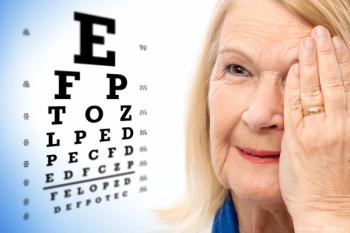
Tear film osmolarity measurements can diagnose dry eye disease
Measuring tear film osmolarity is very effective in diagnosing dry eye disease.
Measuring tear film osmolarity is very effective in diagnosing dry eye disease, according to a paper published in Cornea.
The investigation led by Dr Christina Jacobi, Department of Ophthalmology, University of Erlangen-Nuremberg, Erlangen, Germany, involved 133 patients with moderate to severe keratoconjunctivitus sicca and 95 control participants. Each participant had tear samples taken directly from the inferior lateral tear meniscus. The TearLab osmometer was used to analyse tear film osmolarity.
The inclusion criteria was a Schirmer test with anaesthesia of less than 5 mm, a tear breakup time of less than 5 seconds and positive symptoms where the Ocular Surface Disease Index Score was over 83.
A tear film osmolarity of 320 mOsmol/L was found in the patients with moderate to severe keratoconjunctivitis. The control group presented with a tear film osmolarity of 301 mOsmol/L. Tear film osmolarity was significantly higher in patients with moderate to severe keratoconjunctivitus sicca compared to the control group. The study also confirmed that the official referent value in moderate to severe dry eye was approximately 316 mOsmol/L.
Newsletter
Get the essential updates shaping the future of pharma manufacturing and compliance—subscribe today to Pharmaceutical Technology and never miss a breakthrough.













































